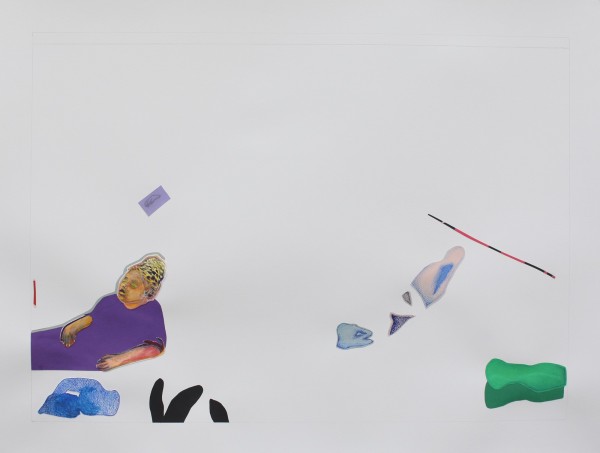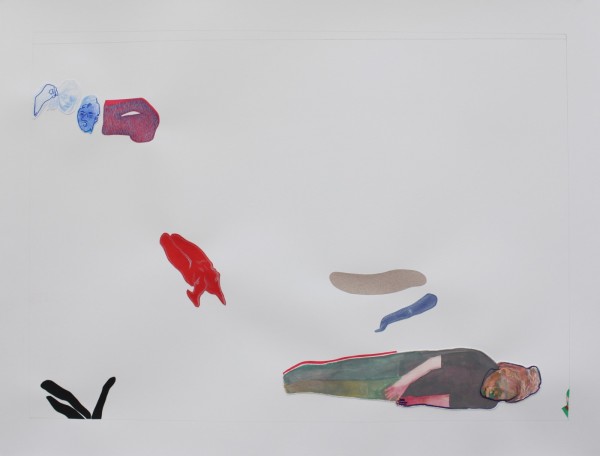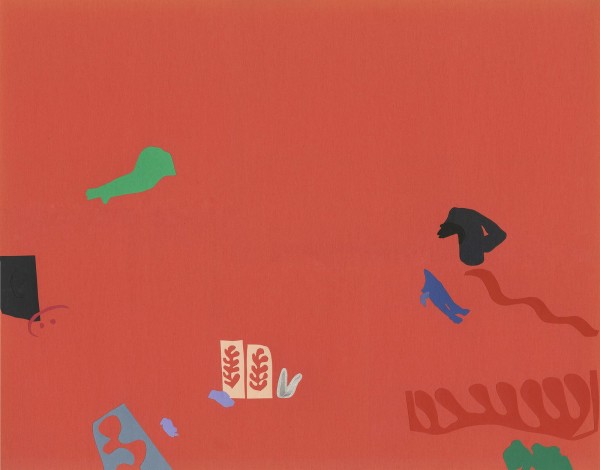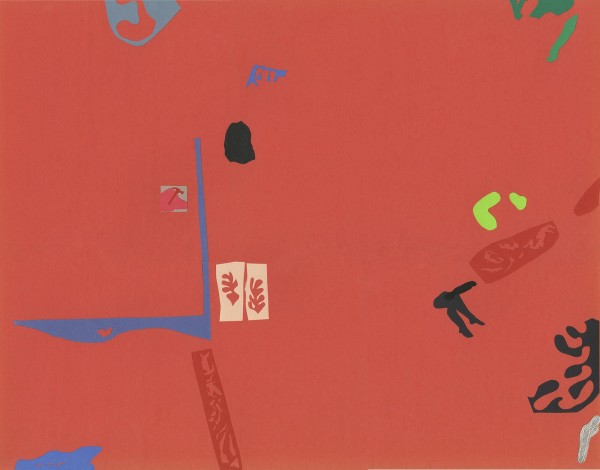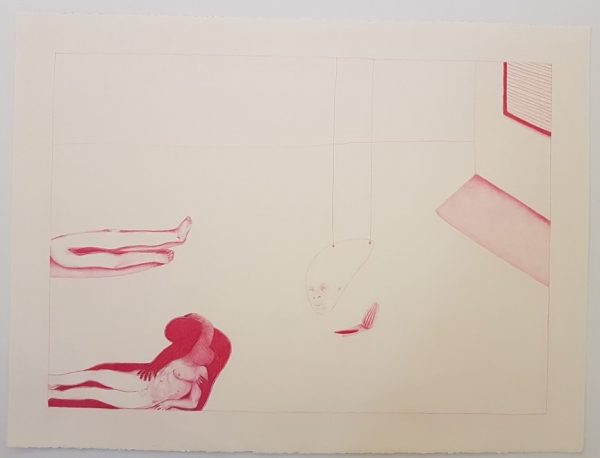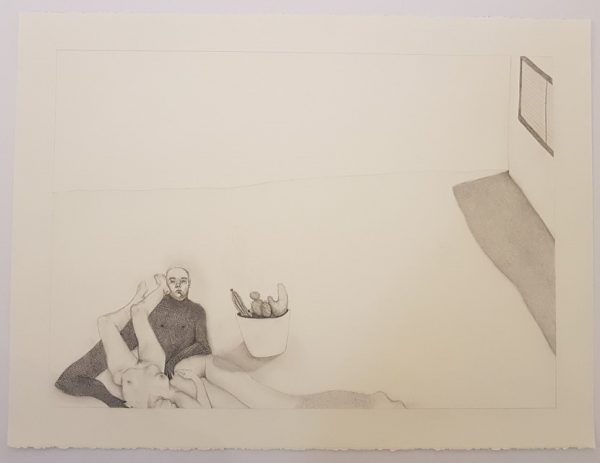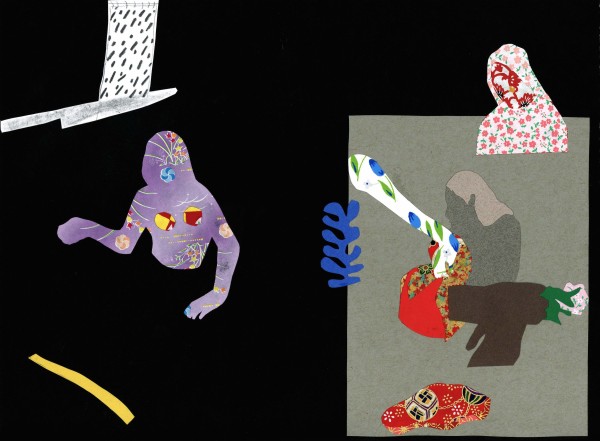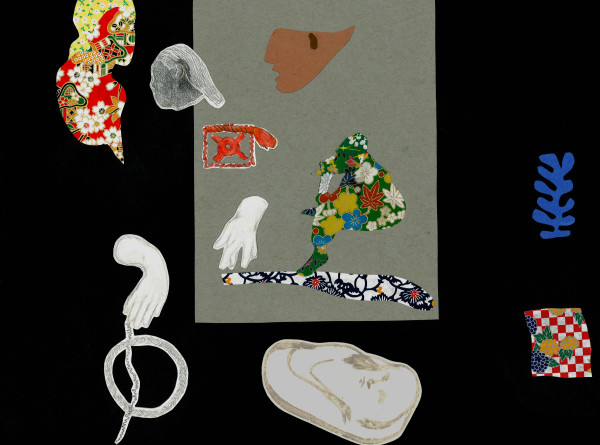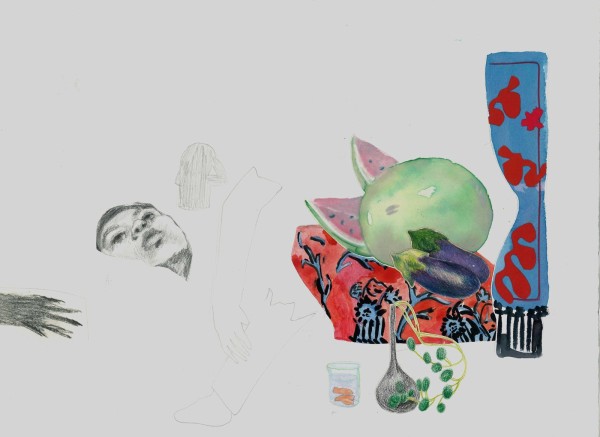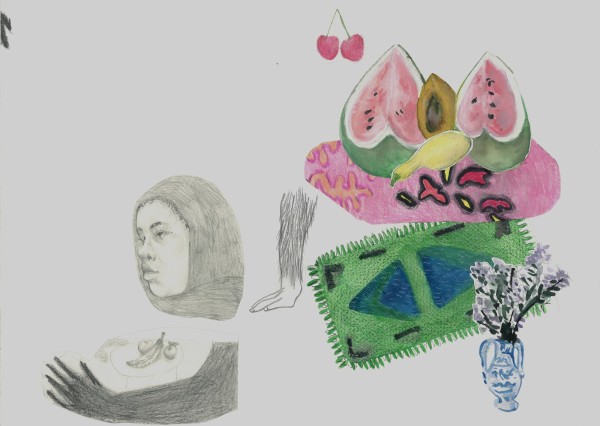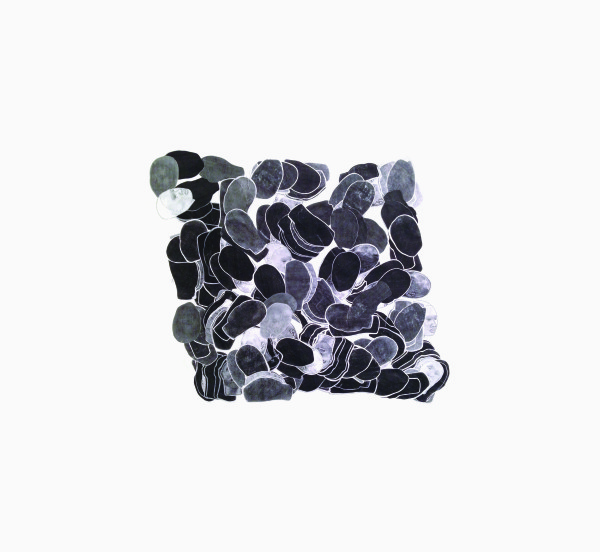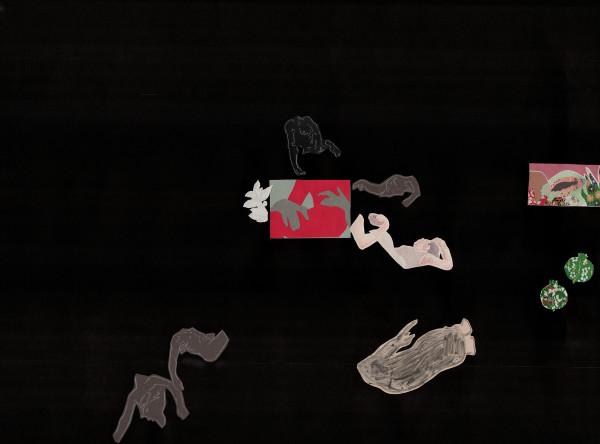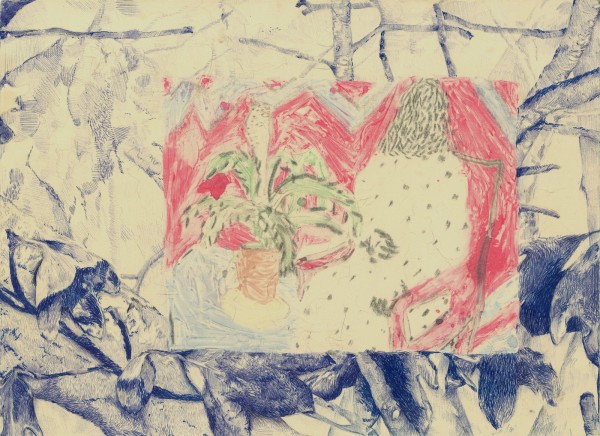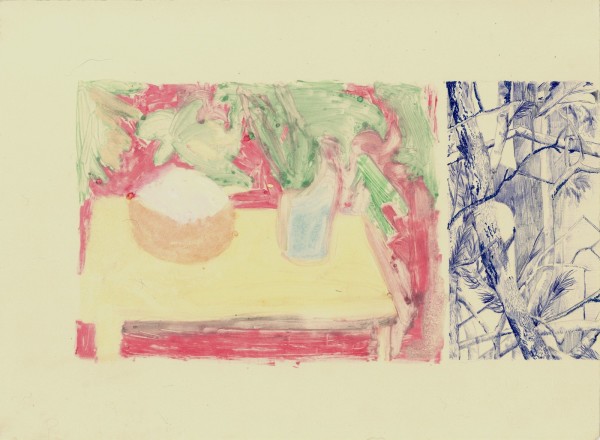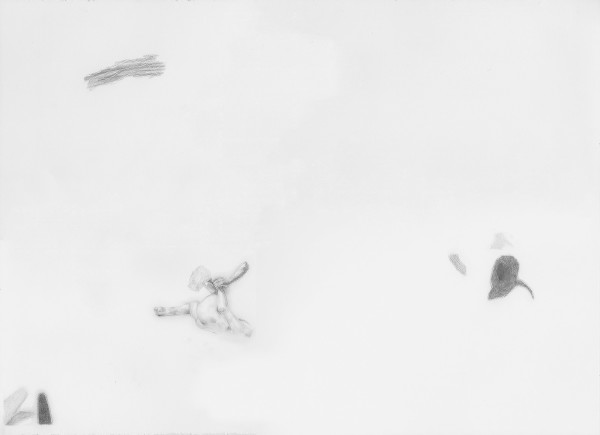No products in the cart.

Peyton Pitts Artist Statement:
Sublimating the desire for communion is the core of Peyton Pitts’ work. Peyton Pitts seeks communion with contemporary and past artists by tracing and appropriating their (our) visual lineage. The work Peyton Pitts makes features images and objects directly appropriated from art history as well as from a personal lexicon of visual metaphors and symbols for aspects of my experience like love, death, humor, and culture.
“I use the figure to locate the work within the physical world and to reiterate the tangibility, or intimacy, that printing, drawing, and mark-making already suggest. These figures, along with the image as a whole exist in way that is non-intrusive and that allows the viewer to rest quietly with the work. Creating a visual silence is important to me because it emphasizes the reverence and esteem with which I hold these figures and objects. My goal is to archive, catalogue, celebrate, and perpetuate the things that I find beautiful or profound.
The process of drawing is something nearly all visual artists share regardless of preferred media; this is true of contemporary, emerging, and past artists. Because of how invested I am in perpetuating pieces of my/our visual lineage, it seems fitting to me to use a medium that’s applicable to a variety of movements/artists/epochs. Its commonality also makes it non-intrusive and quiet, the way that I want these images to be presented. Collage allows me to have bold, flat swatches of color that juxtaposed with the subtlety of the graphite, creates contrast and variety in the objects sitting on the sheet. Additionally, collage removes the level of commitment required of drawing something directly on a page; with collage you can move around the pieces until you figure things out. Figuring things out/getting them to look “right”, and displaying a very strong intuition or sensitivity to composition are all vital in making an image for me. This level of control with material is important because it’s a subset of the control I exercise in isolating specific images and fragments of images and then using them to create this world. Most of the work is on 22 x 30 “ paper; I was first introduced to this “full sheet” format as a printmaking student, and it’s served as a sort of pivot point throughout the years since. This format, my adoration for the materiality of paper, as well as the debossed line I use in many of my drawings all reference considerations and processes unique to printmaking.”
Showing 1–15 of 18 results
